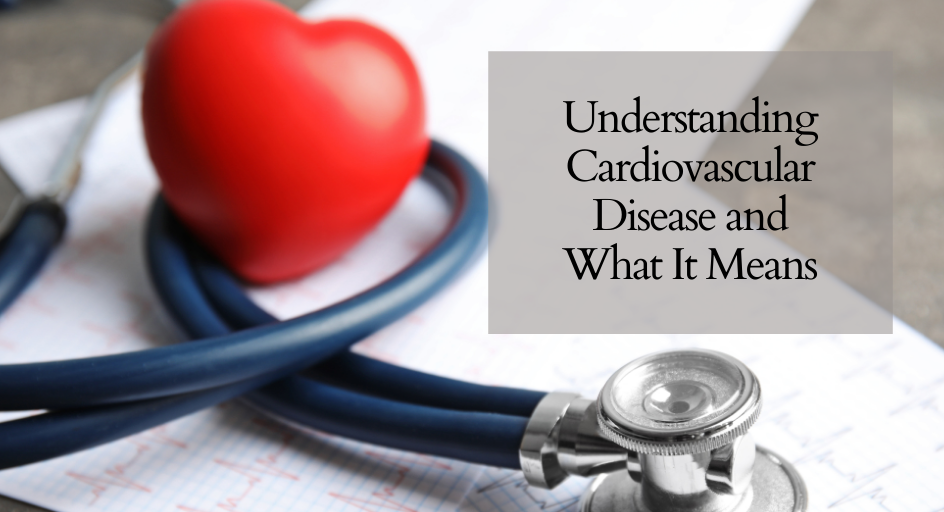
According to the American Heart Association in a 2019 study, nearly half of all adults in the United States – 48% to be exact – have some form of cardiovascular disease. The term “cardiovascular disease” is used to refer to a number of conditions, including heart disease, heart attack, stroke, heart failure, arrhythmia, and heart valve problems. Because this disease is so prevalent, it can lead to potentially serious or fatal health concerns for up to half of the members of your staff. The good news is that 80% of cardiovascular disease can be prevented by adopting healthy lifestyle choices such as not smoking, adequate exercise, proper nutrition, and maintaining a healthy weight.
What are the types of cardiovascular disease?
Heart Disease:
The most commonly found type of cardiovascular disease is heart disease, which is caused by a buildup of a fatty substance called plaque in the arteries. As this plaque lining the arteries builds up over time, blood cannot flow as easily as it needs to. When the heart does not receive enough blood, or if the plaque forms a blood clot and blocks the artery entirely, this can cause a heart attack or stroke. Heart disease can be monitored and maintained if the individual makes new healthy habits.
Heart Attack:
A heart attack occurs when a plaque buildup or blood clot in the arteries cuts off all blood flow into the heart. The cells in the muscles that make up the heart will begin to die without blood, and other parts of the body will begin to shut down as well. Although many heart attacks are not fatal when individuals receive immediate critical care, it still means lifestyle changes need to be made. The heart often remains partially damaged after, and it cannot survive multiple heart attacks.
Stroke:
When the arteries that carry oxygen-filled blood to the brain are blocked, a stroke can occur. If the brain cannot receive oxygen, cells will begin to die and cause symptoms such as the inability to speak or move. In many cases, patients will recover these abilities with time and the help of rehabilitation therapists. However, if enough oxygen is cut off for a prolonged time during the stroke, the damage can be irreversible.
Heart Failure, Arrhythmia, and Heart Valve Problems:
Unlike the first three types of cardiovascular disease, these three conditions do not mean that the body’s supply of oxygen-filled blood has been completely cut off. Instead, the heart will continue to pump blood, but it is not able to provide the body with an adequate amount. If heart failure occurs, the heart still beats but does not supply enough oxygen. If arrhythmia occurs, the heart beats at an irregular rate. It can beat too slowly and not supply enough oxygen, or it can beat too quickly and fatigue the heart muscles. When one of the heart’s valves does not open and close properly, it can cause blood to leak through. This can also cause the valves to close in the wrong direction, creating immediate circulation issues. All three conditions can grow worse over time if left untreated.
How Can I Help My Staff Prevent Cardiovascular Disease?
Simply based on the fact that 8 out of 10 Americans live with cardiovascular disease, it is likely that someone on your staff already faces some form of the disease. However, you can offer incentives to help encourage your staff to adopt healthy preventative behaviors. These can include workplace perks such as a monthly free lunch and specially designated parking, or personal perks like gift cards and fitness accessories.
By offering high-quality medical insurance to your employees, you always have peace of mind knowing they will be cared for if a cardiac emergency occurs. If you would like to know more about medical insurance and preventative care benefits, talk with your local agent today.